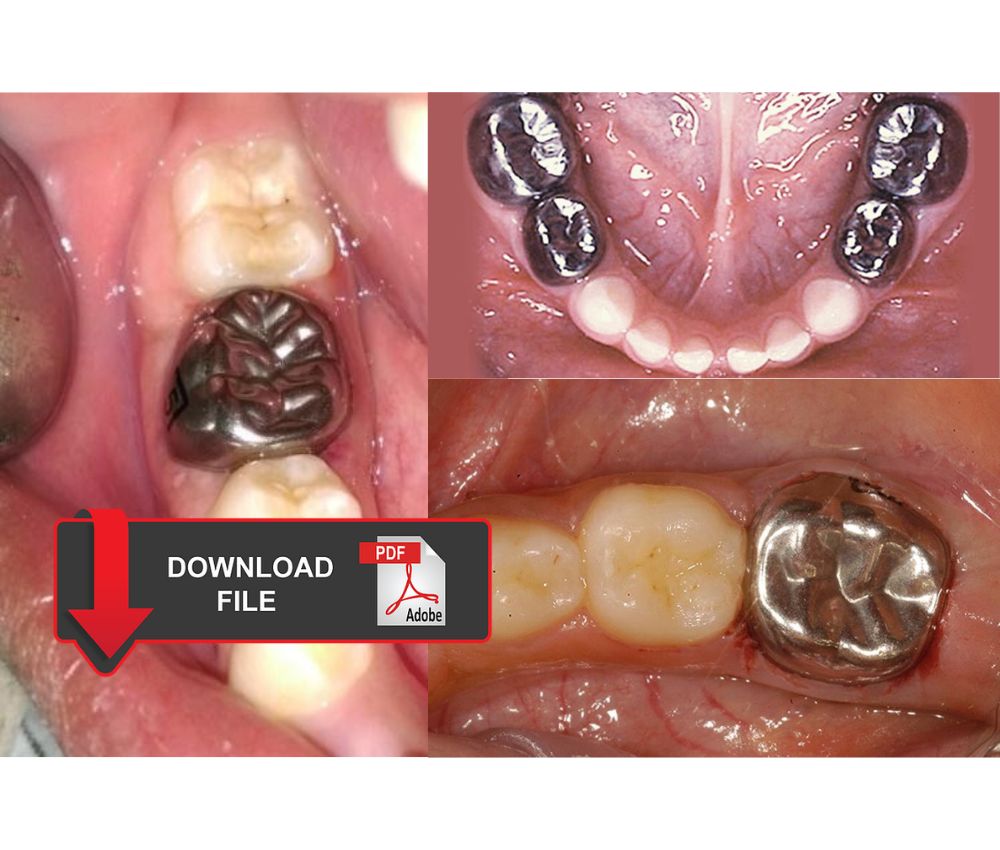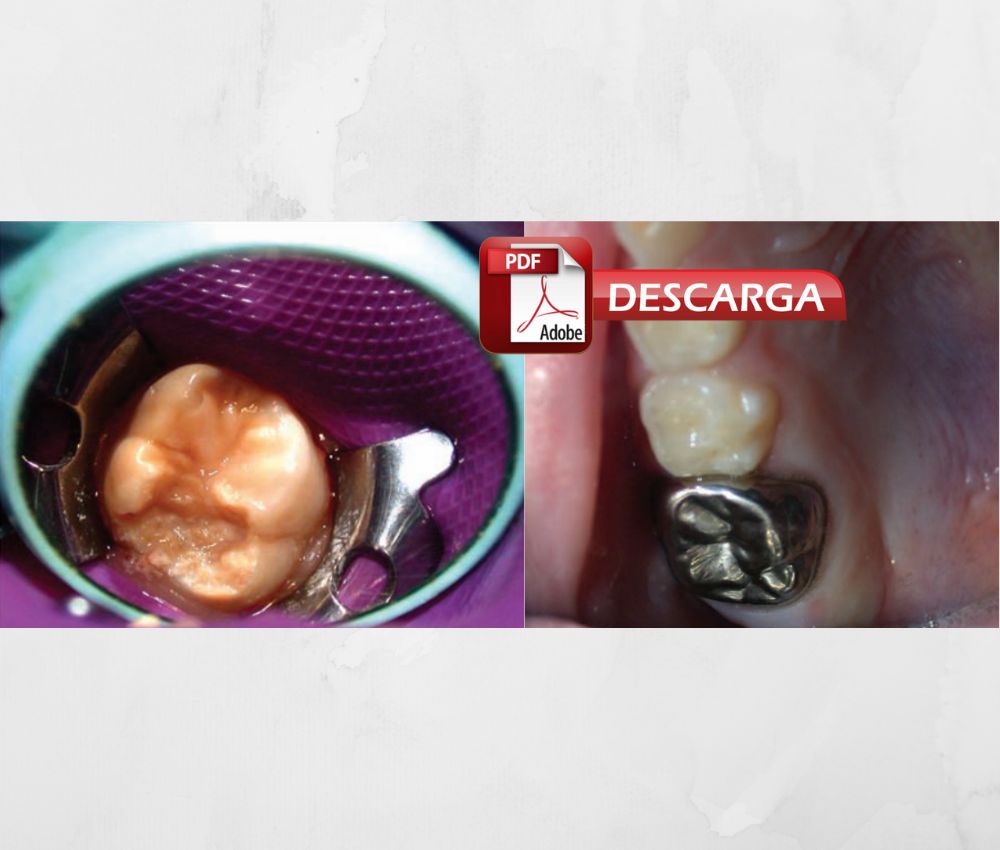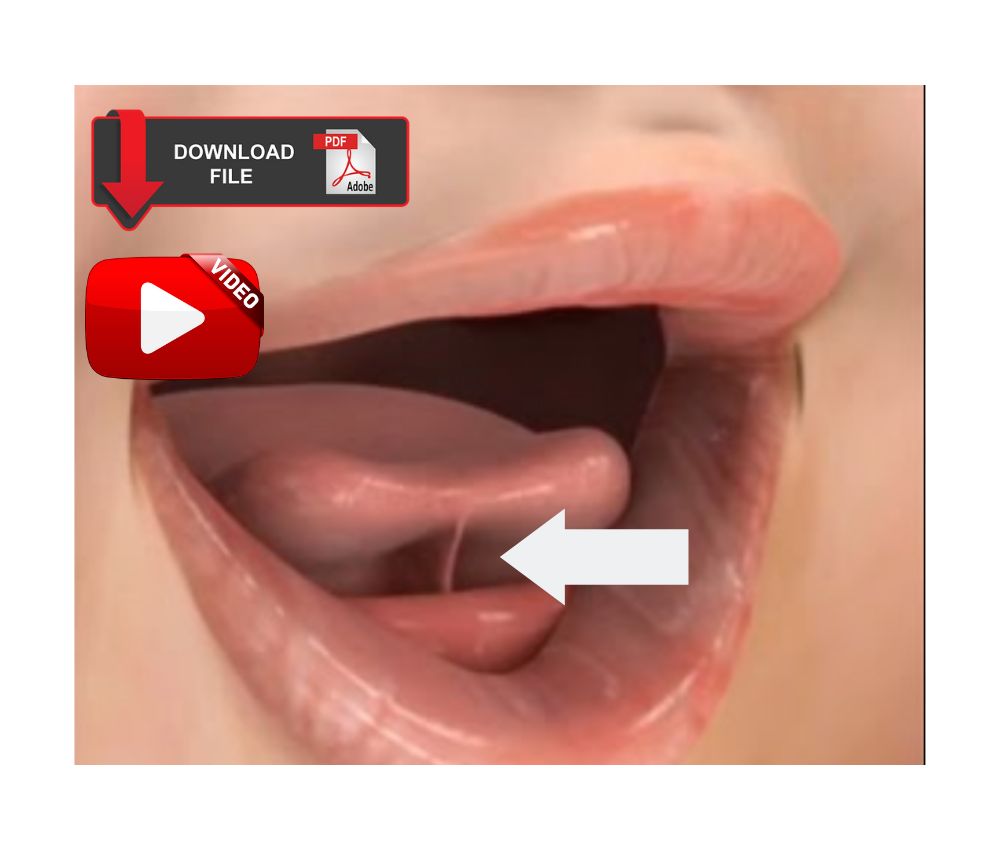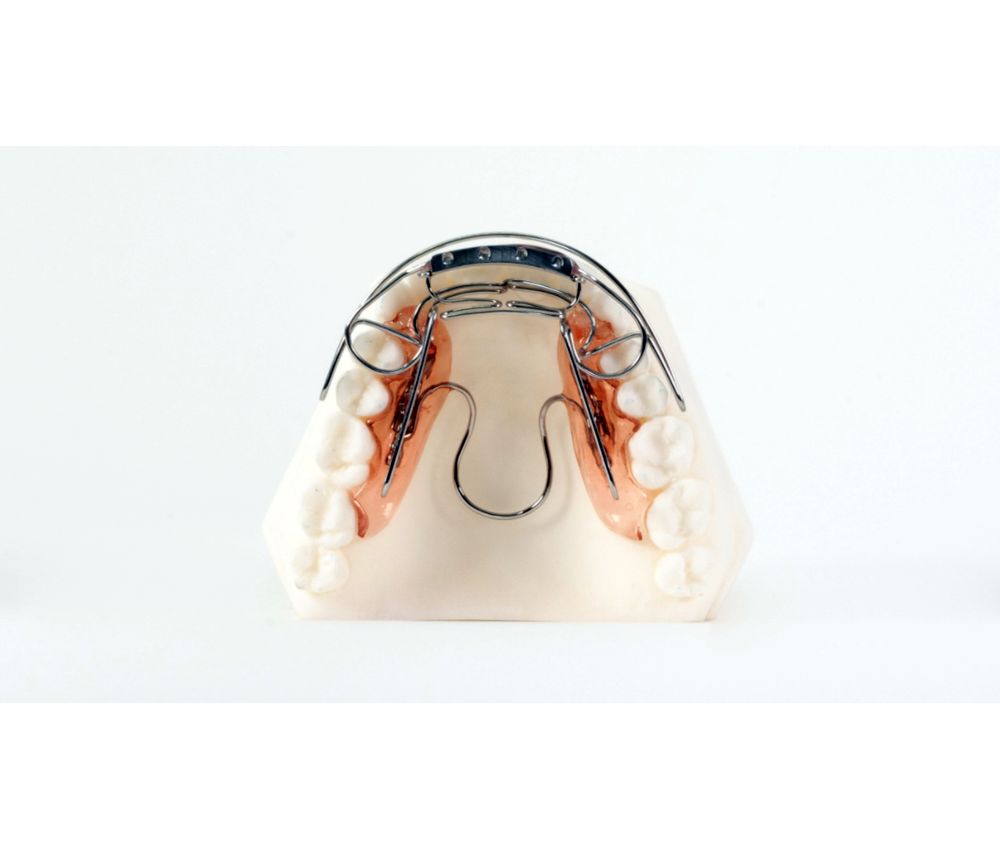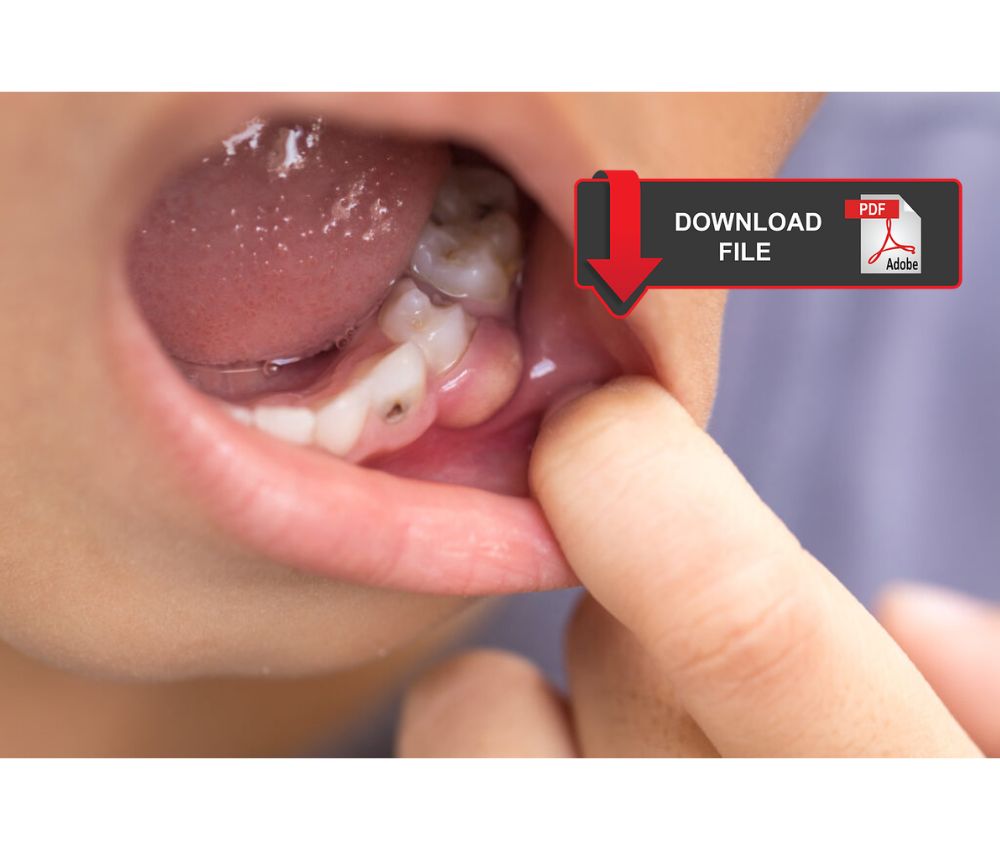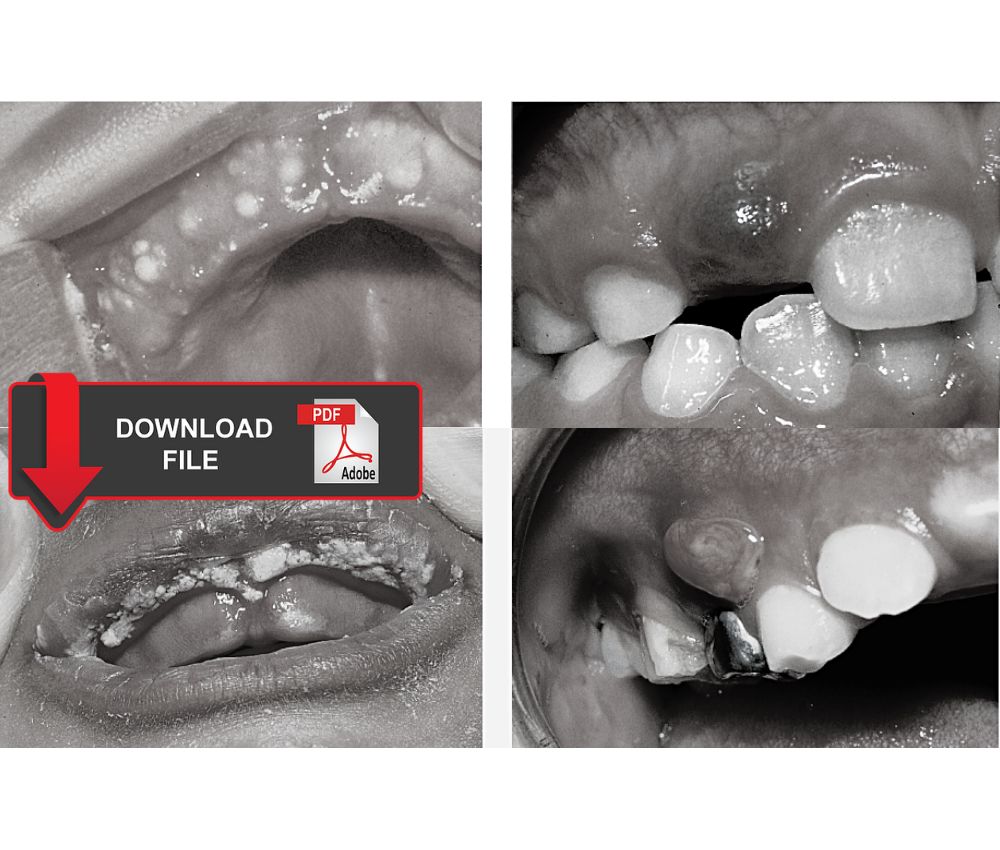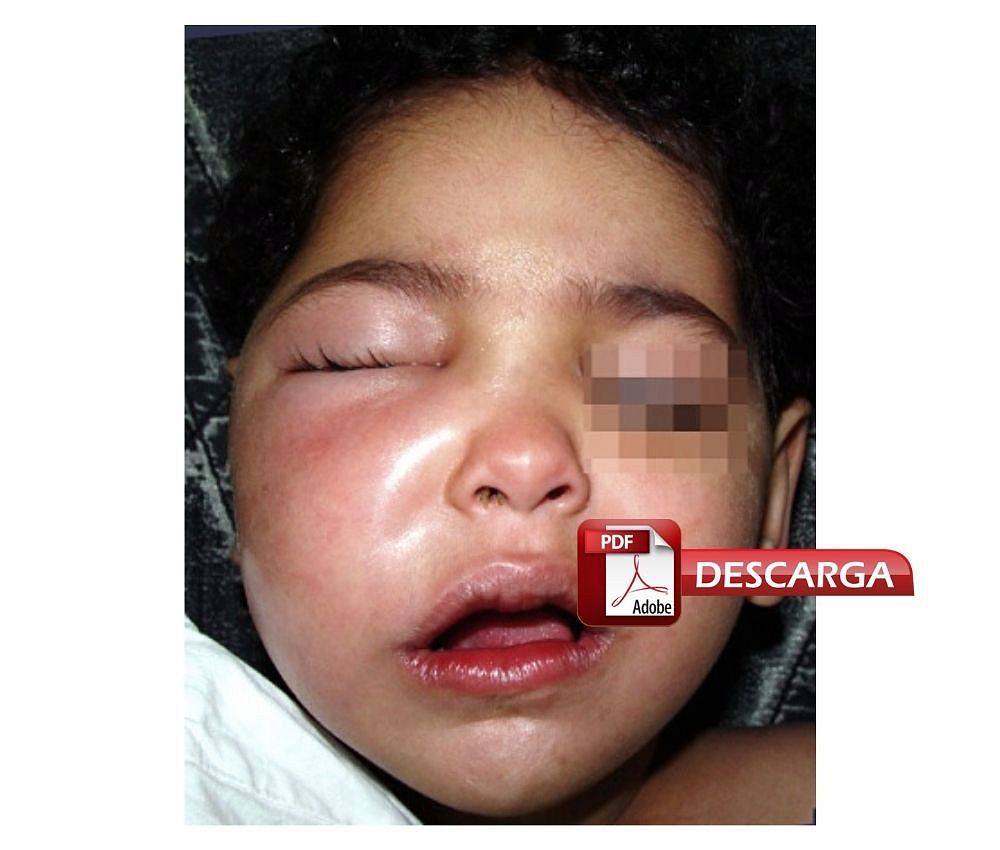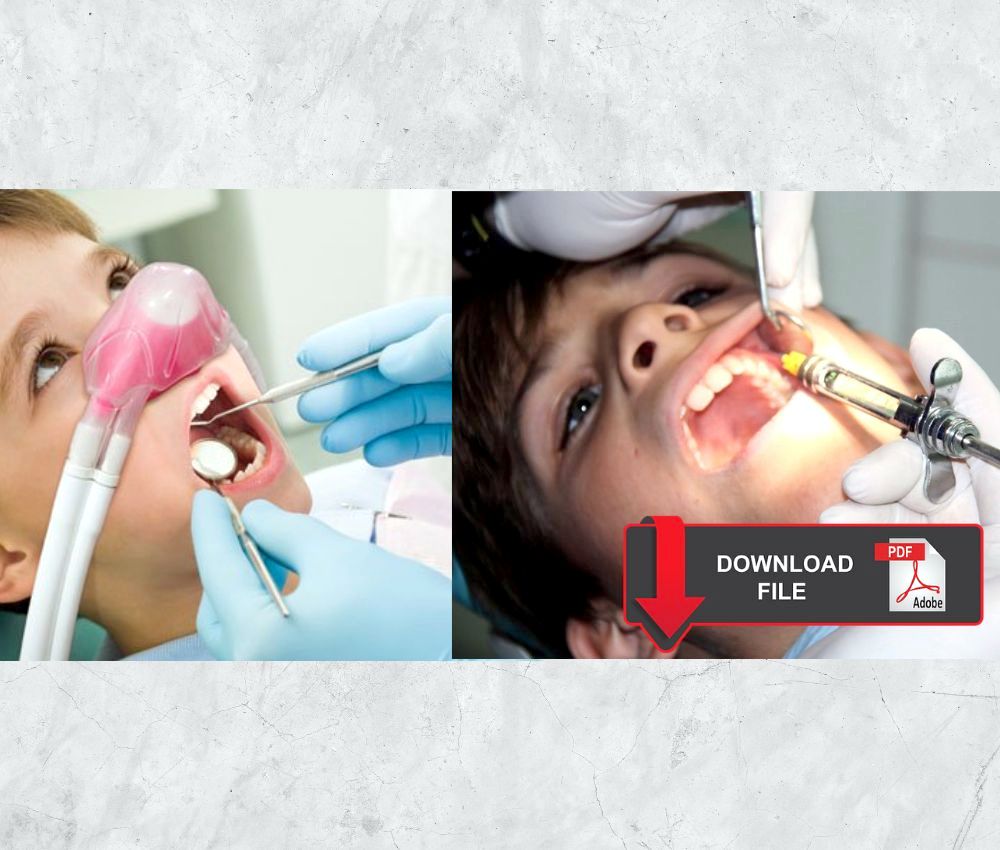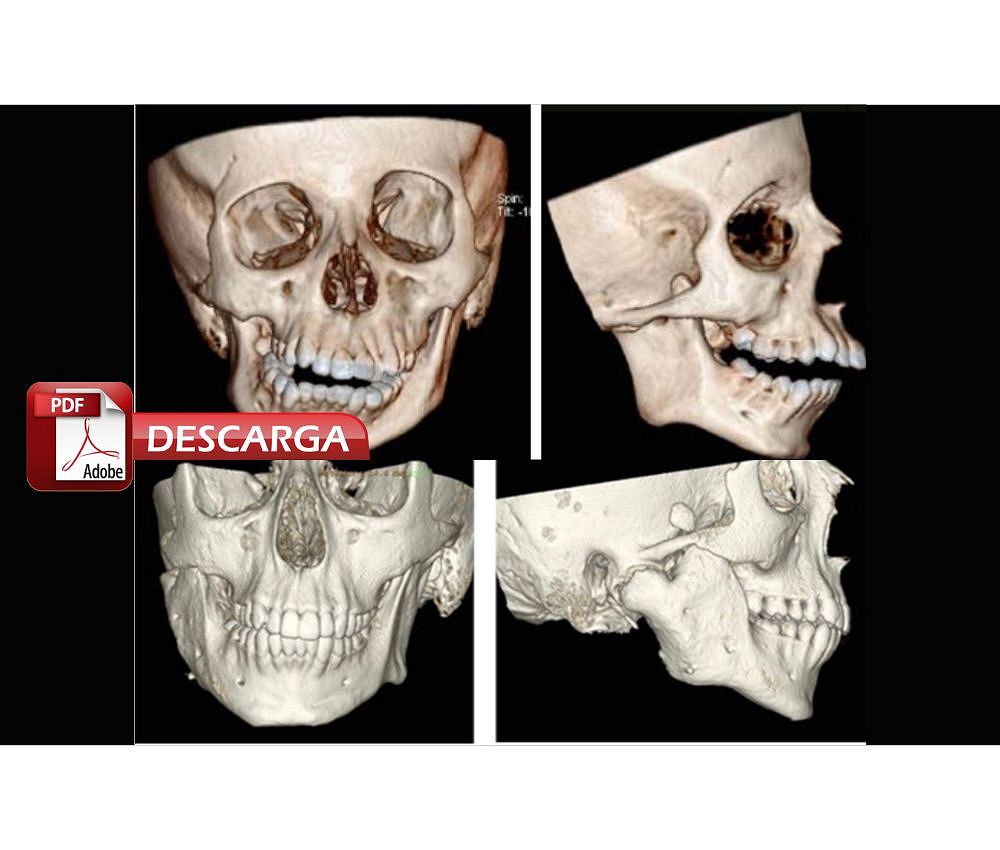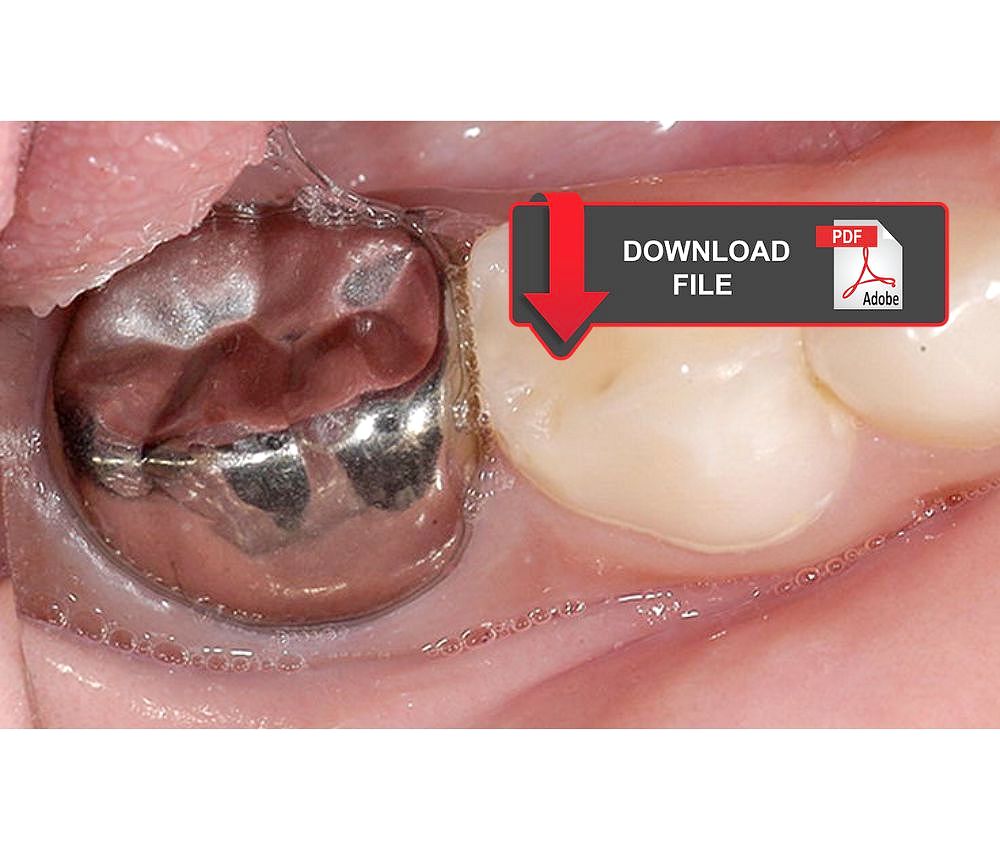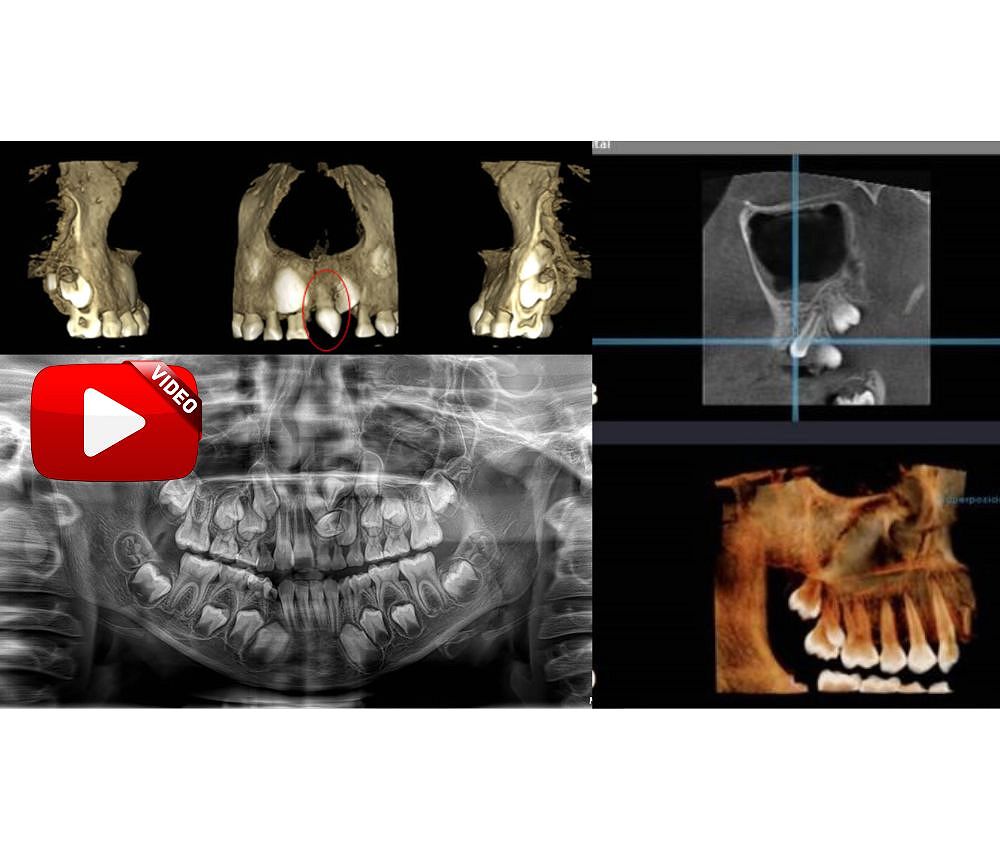Oral rehabilitation in a pediatric patient becomes a challenge for the pediatric dentist, because he must take into account the management of the patient's behavior and perform a treatment that takes the least number of appointments.
Steel crowns become the best alternative to restore primary molars that are affected by advanced caries until their natural exfoliation. For anterior teeth, the use of resins or zirconia crowns is recommended.
Advertisement
We share the benefits, types of crowns, procedures and techniques of stainless steel crowns for rehabilitation in pediatric dentistry.
RECOMMENDED ARTICLE
Stainless Steel Crowns: Adaptation and installation - Step by step
Stainless Steel Crowns: Adaptation and installation - Step by step
Dr. Vivek Mehta. Stainless Steel Crowns in Pediatric Dentistry : A Review Article. 4th Anniversary Issue | Heal Talk | September-October 2012 | Volume 05 | Issue 01
Arunima, Ahuja V. Crowns for paediatric teeth: Stainless steel crown. J Dent Panacea 2021;3(1):20-25.
You may also like :
► Hall technique: Complete information for the treatment of carious primary molars
► Preparation of stainless steel crown for the rehabilitation of primary molars
► Hall Technique for Stainless Steel Crown in 3 easy steps

